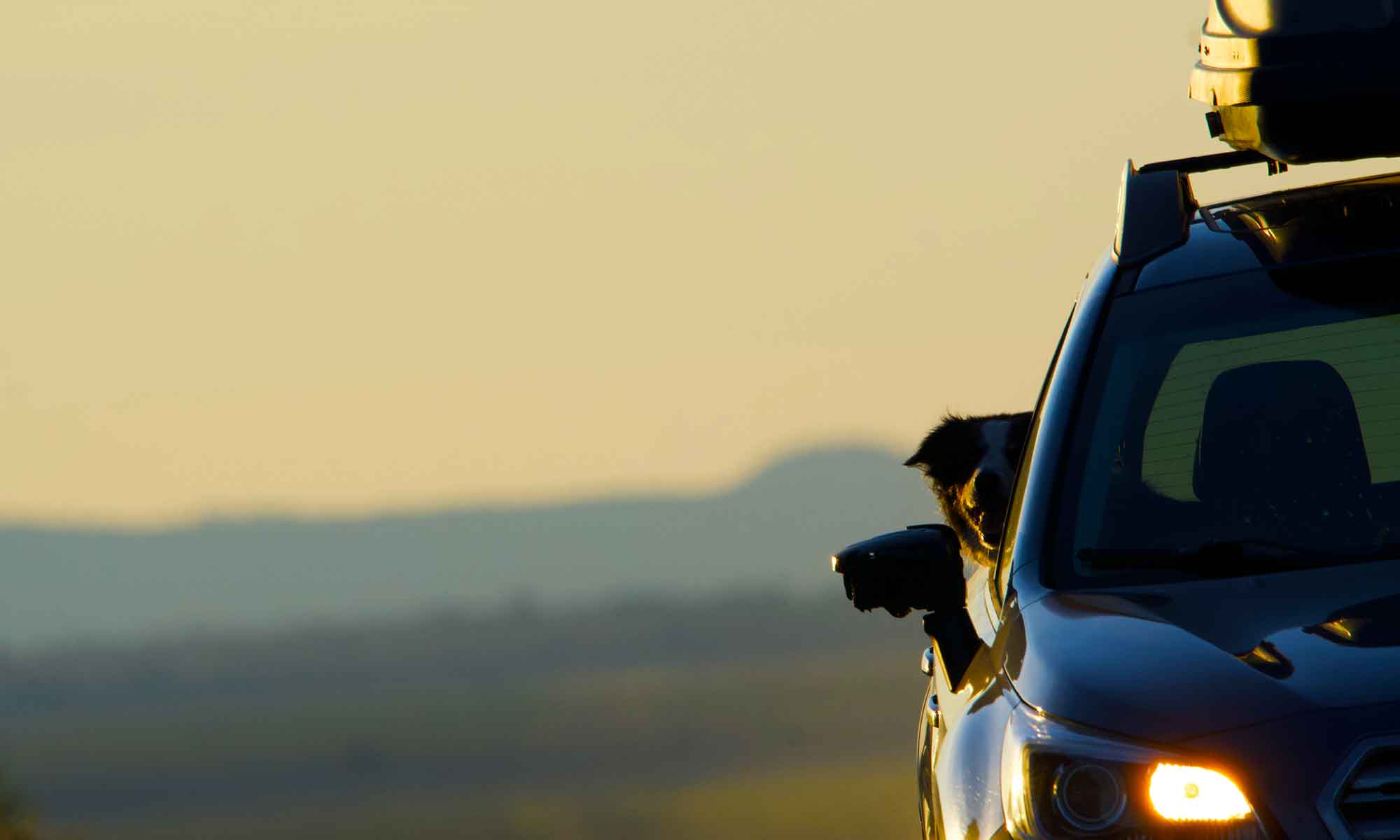
It’s the height of migration and the wetlands along the Pacific Flyway are filling with all types of birds.
Usually we visit Summer Lake a few times during April and May. These trips often get extended east to Abert Lake. It’s prime birding time and locations.
Last year the Klamath River was in the news as several dams were removed. What followed was the nearly instant return of ocean-reared salmon to the lower river.
We’ve been charting a trip to Northern California and southern Oregon to see early stages of this rehab project.

 In that planning process, we discovered a wetland refuge to the east of Crater Lake.
In that planning process, we discovered a wetland refuge to the east of Crater Lake.
Klamath Lake Wildlife Refuge is south of the park, and while it’s a large area, we’ve not had much luck finding good birding sites.
Klamath Marsh Wildlife Refuge on the other hand, is a smaller track of wetland directly east of Crater Lake. Until this week, unexplored.
A wide expanse of natural meadow borders the marsh on the Crater Lake side. Ponderosa pine forest lines it’s western edge.
The great part of this birding spot is you can drive right through the middle of it. This makes it very much like an experience at Summer Lake.
Also, like Summer Lake, it’s only about an hour’s drive from the house. Our early morning arrival was met with a wall of fog rising off the marsh. The sun burned off these clouds, but not before we captured some great footage.
The road through the marsh takes off from Highway 97 and is a dozen miles north of Klamath Lake. It continues onto OR 31 at Silver Lake, which is about 30 minutes from Summer Lake, making it a perfect birding loop.







































